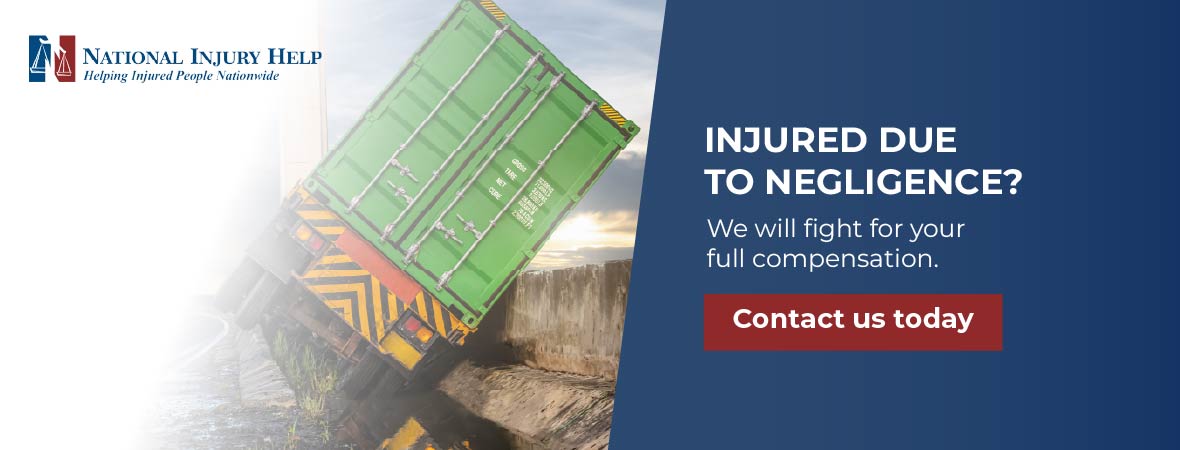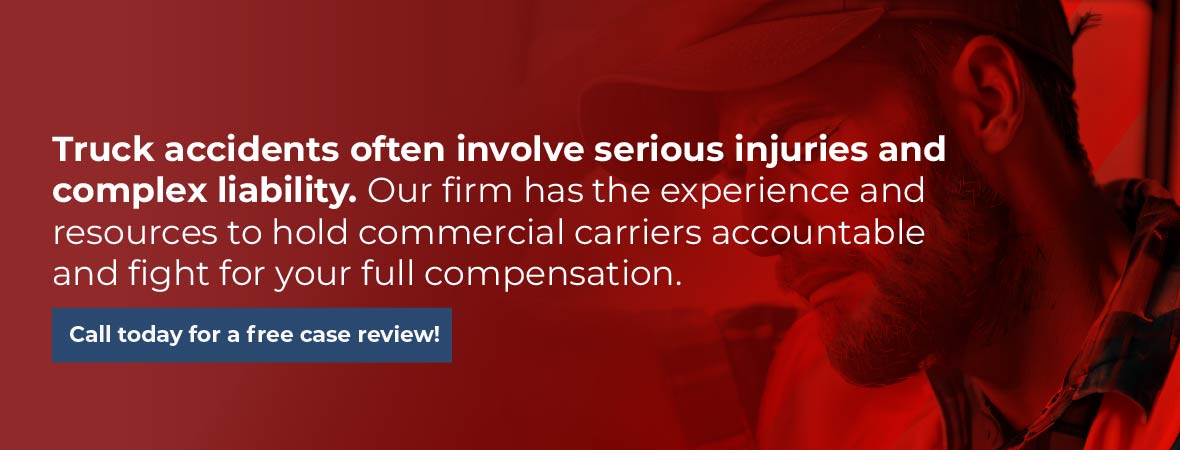Getting injured in a rideshare accident can lead to confusing insurance issues. This article breaks down how coverage works with Uber and Lyft and what to expect after a crash. If you were hurt as a passenger or driver, contact National Injury Help. We will help you understand your rights and fight for fair compensation.
Rideshare companies like Uber and Lyft have transformed how people move around cities and suburbs across the U.S. With just a few taps on a smartphone, a driver arrives to take you to your destination. Whether you’re heading to work, a concert, the airport, or a doctor’s appointment, rideshare services offer convenience and flexibility.
But when a crash happens, that convenience quickly turns into confusion. Unlike a typical car accident involving two drivers and two insurance policies, a rideshare accident comes with a maze of legal and insurance questions. Who is responsible? Which policy pays? And how do you prove which insurance tier applied at the moment of impact?
This guide breaks down seven key complexities of Uber and Lyft accident insurance. We explain how rideshare insurance coverage actually works, when drivers and passengers are protected, and what to do if you find yourself stuck between multiple insurers that are all trying to avoid paying the bill.
Understanding the Tiered Rideshare Insurance System
Uber and Lyft classify themselves as technology platforms, not transportation companies. Because of this, they do not operate under the same commercial insurance model as taxi services. Instead, they offer layered or “tiered” insurance that depends on the exact status of the driver at the time of the crash.
The coverage is not one-size-fits-all. It changes minute by minute depending on whether the app is on, whether a ride has been accepted, or whether a passenger is in the car.
Three Main Tiers of Coverage:
- Offline: If the driver has the app turned off, they are treated like any other driver. Only their personal insurance applies. Uber and Lyft do not provide any coverage.
- App On, No Ride Accepted: If the driver has the app open and is waiting for a ride request, Uber and Lyft provide a limited liability policy. This coverage usually includes up to $50,000 per person for injuries, $100,000 per accident, and $25,000 for property damage. This coverage kicks in only if the driver’s personal insurer denies the claim or if their limits are too low.
- En Route or Carrying a Passenger: Once a ride is accepted and the driver is either on the way to pick up a passenger or has one in the vehicle, Uber and Lyft provide up to $1 million in liability coverage. This includes third-party liability, uninsured or underinsured motorist coverage, and contingent collision coverage for the driver’s car.
Determining which tier was active at the time of the crash is crucial. That depends on exact timestamps, such as when the driver accepted the ride, picked up the passenger, and ended the trip in the app. Uber and Lyft store this data, but they only release it with formal legal requests, and sometimes only after a subpoena.
Drivers May Not Be Fully Covered at All Times
Many drivers assume they are covered by their personal auto insurance when they are using their vehicle, even during downtime. But that is often not true.
Most standard auto insurance policies contain ride-for-hire exclusions. This means the moment a driver starts using their car for paid transport, even if the app is on but no ride has been accepted, their personal insurance may become void.
While some insurers now offer special endorsements or add-ons for rideshare coverage, these must be purchased separately. Many drivers either do not know this or cannot afford the extra cost. This creates a gap where the driver is exposed, and victims may have no direct source of recovery unless they have their own uninsured motorist coverage.
This gap in Uber driver policies is one of the biggest risks for both drivers and passengers.
Uber and Lyft Limit Their Responsibility
Contrary to popular belief, Uber and Lyft do not always step in to cover damages. They often look for reasons not to pay. The idea that “Uber always pays” is a myth.
If the app was off or the driver had not yet accepted a ride, the companies take the position that the driver was acting in a personal capacity, and they are not liable. Even when the app was on, Uber and Lyft argue that their contingent policy only applies after the driver’s personal coverage has been denied.
This leaves many injured people stuck in limbo, with each insurer blaming the other or stalling the claim process. Lyft’s claim denial tactics often rely on tiny details, like whether the ride had been accepted yet or whether the driver properly logged into the app.
Understanding how the companies try to limit their involvement helps you fight back when they try to push the responsibility elsewhere.
Fault Disputes Slow Everything Down
In a perfect world, the at-fault driver admits responsibility, and the insurance company pays quickly. In the real world, especially in rideshare crashes, fault is often contested.
Was the Uber driver distracted by the app? Did a third-party driver run a red light? Was the passenger injured because they failed to wear a seatbelt? These questions often delay settlements.
Police reports are helpful, but they are not always final. Insurance adjusters review camera footage, GPS data, phone logs, and witness statements to assign blame. Each party may hire its own investigators or experts, dragging the process out for months or even years.
Victims who do not have legal representation often find themselves caught in a tug-of-war, unable to get the compensation they need because the insurers cannot agree on fault.
Multiple Injured People Must Share the Same Coverage Limit
One of the most overlooked issues in rideshare crashes is how limited the $1 million policy can become when several people are hurt.
Imagine this situation: A Lyft driver with two passengers gets into a head-on collision. All three people in the Lyft are seriously injured, along with the driver of the other vehicle. Now there are four injured people and only one $1 million policy limit to go around.
Insurance companies divide the money based on each person’s injuries, but this can mean smaller settlements for everyone, especially if one person’s injuries result in hundreds of thousands of dollars in hospital bills or long-term care.
If you wait too long to file your claim, you may get less than others, even if your injuries are just as serious. The timing of your claim and whether you have an experienced attorney can make a big difference.
Contact a Lyft Accident Lawyer Today
Navigating a rideshare accident is never easy. Between shifting coverage tiers, finger-pointing insurers, and unclear legal responsibilities, the process can feel overwhelming. But you don’t have to handle it alone.
At National Injury Help, we have experience with every stage of Uber and Lyft claims. We understand the layers of rideshare insurance coverage, how to respond to Uber driver policies that try to avoid paying, and the common Lyft claim denial tactics that delay or reduce fair compensation.
If you were hurt while riding in a rideshare, driving one, or were hit by one, reach out today. We offer a free consultation and charge no legal fees unless we win your case.
Call us at 1 (800) 214-1010 or visit our website to schedule a time to speak with a lawyer who knows how to stand up to big insurance companies. The sooner you act, the better your chance of protecting your rights, securing evidence, and getting the compensation you deserve.







